Features of growing fragrant melon in a greenhouse
The fragrant aroma and juicy sweetness of ripe melon are unique and unique - the fruits are poured under the hot sunshine of the south. Growing melons in a greenhouse is possible in cold climates if the conditions are right. Agrotechnics of melons and gourds is no more difficult than caring for cucumbers and tomatoes. If you follow some rules, the harvest of sweet dessert on your table is guaranteed.
Variety selection
When cultivating melons and gourds, it is necessary to carefully select the seeds of a variety suitable for growing in an unheated polycarbonate greenhouse. It is necessary to take into account the weight of the fruit, the ripening period, the resistance of the variety to diseases that develop in greenhouse conditions.
In the cramped conditions of the greenhouse, it is rational to use the vertical space, where the development of fruits will occur in a "suspended" state. Therefore, preventing the lash from breaking off from the severity of the pouring ovaries, select varieties with small fruits - up to 2-3 kg in weight.
Pay attention to the timing of ripening, given the length of the frost-free period. In the Urals, it is 80, maximum 90 days. In Siberia, the warm period is even less - the territory of the region is huge.
Spring frosts are especially dangerous for plants. In order not to ruin the enthusiasm of a novice melon grower with failure, you cannot rush to plant melon seedlings before the deadline - ask about the weather forecast in your area. At the same time, the planting of overgrown seedlings is affected by a lag in development - in new conditions, different from indoor ones, large sprouts will have to acclimatize longer. Therefore, in Siberia and the Urals, it is important to accurately calculate the time of planting seeds for seedlings or directly into the soil of the greenhouse.
Taking into account the protective covering of the greenhouse made of polycarbonate, the period of heat is extended by 5 days. Early ripening varieties from germination to ripeness are poured and ripen in 60-70 days, mid-ripening will take more - 80-100 days. Make a simple calculation to select a variety by ripening time (from germination to harvest). Experienced melon growers advise sowing seedlings from April 10 to 25.
Melon varieties
For a guaranteed harvest, we advise a beginner melon grower to pay attention to the Kolkhoznitsa variety, tested by time and the climate of Siberia and the Urals. It is mid-ripening, the growing season is 95 days (greenhouse conditions allow the first fruits to ripen in 80 days), the average weight of the fruit is 1.5 kg, the white, dense and crispy flesh is very sweet. The most important advantage of the Kolkhoznitsa variety is its resistance to low temperatures. Disadvantage - the fruits are not suitable for long-term storage.
Varieties and hybrids are famous for early maturity (ripening on the 60-80th day from the day of germination):
- Titovka (weight - 1-3 kg, white pulp, without fibers, plant resistant to aphids and bacteriosis, ripening is simultaneous);
- Krinichanka (weight - 2-2.5 kg, thin orange-yellow skin, creamy pulp with greenish tint, very sweet juicy; the variety is relatively resistant to lack of light);
- Mallet (2-3 kg, oval fruit with creamy juicy super-sweet pulp, fruitful variety - up to 9 kg per 1 sq. M, resistant to fusarium and root rot);
- Dunna F1 (weight 2.5-3 kg, medium-growing plant, white, soft-watery pulp, sugar content - 11%, resistance to powdery mildew and fusarium);
- Scythian Gold F1 (small melons weighing 1-1.3 kg, pulp without fibers, delicately sweet, aromatic, the hybrid is practically not affected by powdery mildew, yield up to 6 kg / sq. m).
The extension of the period when sweet fruits can be harvested is facilitated by the planting of varieties with an average ripening period - 80-95 days from the time of full germination. These include:
- Lada (the first fruits appear after 80-90 days, weight - 1.2-1.5 kg, very sweet; resistant to anthracnose, fusarium, powdery mildew);
- Dana (harvesting 90 days after germination, melon weight - 1-1.3 kg, honey juicy sweetness, resistance to powdery mildew, yield up to 5.5 kg / sq. m);
- Zlata (melons weigh 0.8–1.5 kg, ripen after 90 days, the variety is stable and transportable).
Do not forget: the unpretentious kolkhoz woman melon also belongs to mid-season varieties.
Advice
There are many varieties bred for greenhouses. The packages indicate the characteristics of the plant and recommendations for growing. When buying seeds, choose a reputable supplier, pay attention to the expiration date.
Approximate calculation of the sowing time
Let's say spring frosts recede from June 15, autumn ones are expected on August 20. It turns out that there are 67 warm days in stock (16 + 31 + 20). But not all melons ripen at the same time, do not forget: they need not just freezing temperatures, but heat. We will shift the harvest time 20 days earlier - from August 1. It turns out 47 days, and early melons need 70 days to ripen. To the missing 23 days, add 5 days for seedlings, it will turn out to be almost a month. If the seedlings were planted on April 15, then by June 15 the sprouts will be 2 months old, they will be overgrown and difficult to take root.
The best melon seedlings are those that are a little over a month old. Sow seeds on April 25 - May 1: seedlings of early maturing varieties will not outgrow by June 15, they will be strong and painlessly take root in a polycarbonate greenhouse.
For mid-season varieties, sow room seedlings on April 15, but the plants will need additional lighting (fluorescent lamp).
If it is not possible to grow indoor seedlings, then sowing in the greenhouse soil around May 15. In Siberia, you will have to cover the bed with lutrasil (agril) at night until June 15. It will be hot in an unheated greenhouse during the day, but frosts are possible in the morning. Despite the polycarbonate coating, frost sneaks into the slightest cracks. Covering material will save gentle shoots.
Greenhouse preparation
The best option for preparatory work will be autumn. Test the soil for acidity with litmus paper. Melon requires a neutral reaction (litmus turns blue). For acidic soils (pink or red litmus), liming should be carried out: before digging, sprinkle fluff lime at the rate of 100-400 g per 1 sq. m. The earth should be cleared of rhizomes by digging to the depth of a bayonet, then disassembled. In early spring, you can sow dill, lettuce under the covering material in the garden bed. Before planting seedlings, the greens will have time to grow.
In the spring, try to eliminate all cracks in the greenhouse. At daytime temperatures 20aboutFrom and night more than 5aboutWith you can start planting seedlings.
Melon roots are also afraid of the cold: arrange a warm bed for them after harvesting greens. Remove the 20 cm soil layer by throwing it back in between. Lay dry grass harvested in the fall in the ridge (everything is suitable except for vegetable tops from the garden), pour soil on top, returning it to its place. Instead of soil from a greenhouse, sod land from a forest or meadow with a layer of 15 cm will be the best for filling. But not everyone can afford such a financially costly soil improvement.
Spread fertilizers on each square meter:
- wood ash - 0.5 l;
- well decomposed humus - half a bucket;
- 1 tbsp. l. superphosphate;
- 1 tsp urea.
Dismantle the ridge, spill it thoroughly with hot water (60-70 aboutC) from a watering can, adding 1 tsp for every 10 liters of water. copper sulfate. Cover with new (or well-washed, used) cover material before planting. It is good to insulate the top with cardboard, rags, so that the warmed-up soil does not cool down overnight.
Advice
The best antecedents for melons are peppers, tomatoes, eggplants. To prevent pollination, do not plant melons next to cucumbers.
Melon care
Seedlings are dried a little before planting to make it easier to remove from the pot.The holes are placed every 0.6-0.8 m in one row on the south side of the greenhouse, well spilled with warm water. After sprinkling with an earthen lump of moist soil, sprinkle it on top of dry so that a crust does not form around the delicate stem, and moisture and heat remain longer. After 3-4 days, each plant is tied to the arches of the greenhouse, twisting the stem around a soft twine.
In greenhouses, a melon from a height of 0.8-1 m is formed into 1-2 stems. All stepchildren are removed from the main shoot up to this height. Then, on each of the lateral shoots located above, 1-3 fruits are left when the ovary reaches a diameter of 3-4 cm. The rest are removed. Shoots of the 2nd order are pinched after the 4-5th leaf. Fruiting stems are distributed on separate twines, achieving the best illumination.
Advice
It is advisable to treat the pinching points with crushed charcoal.
To obtain ovaries, artificial pollination is carried out in the morning with the help of pollinators (for example, spraying with the preparation "Ovary") or a male flower is plucked, the petals are removed and the stamens are applied to the female flowers. Do not hesitate with pollination: the duration of the effectiveness of male pollen is several hours.
As the fruits grow, place them in string bags and tie them to arcs.
Melon does not like drafts, but greenhouse ventilation is necessary. Arrange several vents at the top of the structure.
Water the soil only with warm water and carefully, without eroding the root or getting on the leaves, and do not allow it to dry out during the growth period. Only 2 weeks before harvest, stop watering in any heat so that the fruits pick up sugar.
Melons of any varieties, including the cold-resistant Kolkhoz woman, grow well at a temperature of 25-30about C, and at temperatures below 18about With, they suspend their development.
During the growing season, periodically feed the plants with potassium-phosphorus fertilizer - wood ash, scattering it around the holes. Concentrated liquid preparation "Ideal" will become an effective top dressing - for 100 liters of water you need 0.5 liters of fertilizer, you need to water it 2-3 times 5 liters around the plant during the summer.
Diseases and pests
Melon cultivation in a greenhouse can be accompanied by some diseases. The most dangerous diseases of melons are:
- powdery mildew and fusarium (fungal infections);
- ovary rot.
Powdery mildew - white spots on the upper side of the leaves, after the growth of which the leaves turn yellow and die off. Treatment is carried out with ground sulfur, pollinating the plants on a sunny day (pour the powder into a 3-layer gauze bag and shake the dust over the plants).
Fusarium - spores of the fungus penetrate the leaves, affecting their vascular system. The leaves curl and dry out, the plant dies. Treatment - spraying with Bordeaux liquid 1-2 times, removing the affected plant.
Advice
To combat diseases, use special biological products "Baktofit", "Pseudobacterin-2". Preventive measures against fungal diseases - crop rotation, change of soil in the greenhouse.
The causes of rot disease are watering with cold water, thickening of plants, cold nights. Remove the decayed ovary immediately, spray with a solution of copper oxychloride (10 liters of water and 1 tbsp. L. 50% of the preparation).
Plant pests - whitefly, aphids. A solution of red hot chilli helps with aphids. 2-3 tbsp are poured into 10 liters of hot water. l. pounded pods, 1 tbsp. l. liquid soap, 4 tbsp. l. wood ash. You need to insist for a day. Spray the plants with the filtered solution. Repeat the procedure after 5 days. In advanced cases, use "Inta-Vir" (according to the instructions).
The fight against whitefly is more difficult. The simplest thing is to rinse the pest from the leaves with water, then dig up the soil to a depth of 2 cm. Then spray it with the biological product "Ashersonia" - dilute 1 tbsp of water in 10 liters of warm water. l. with a slide of powder.
So, in a polycarbonate greenhouse, melon cultivation will be successful if you choose the right variety (Kolkhoznitsa, Krinichanka, Zlato of the Scythians and others are suitable) and follow the simple rules of caring for melons, timely eliminate pests and do not forget about preventive measures.
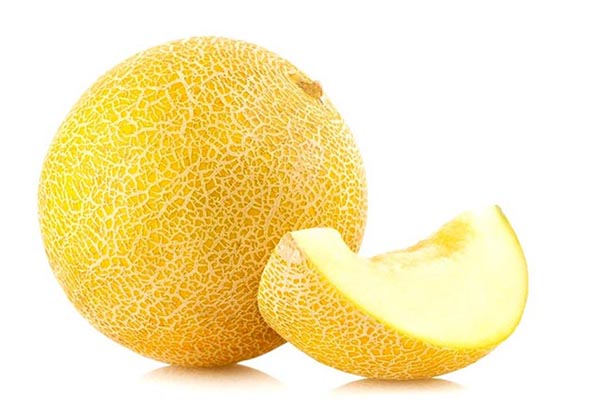
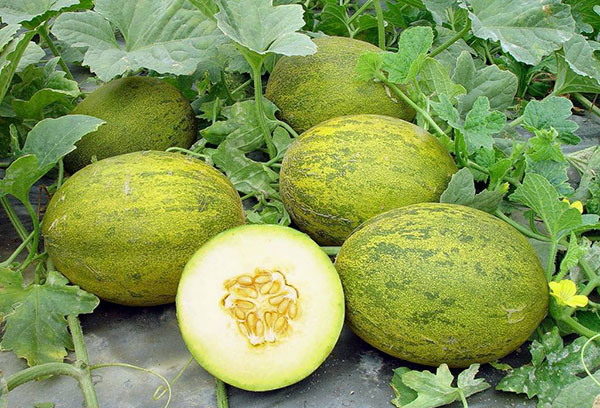
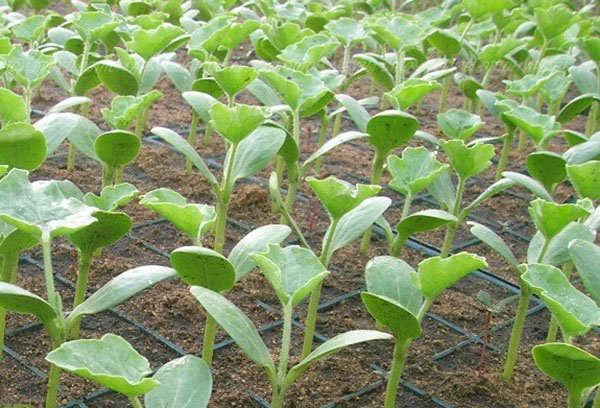
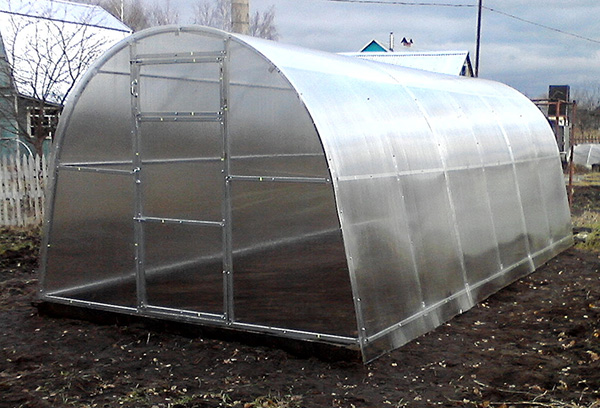
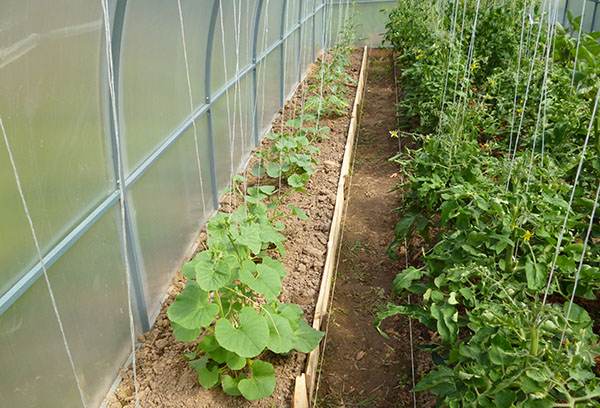
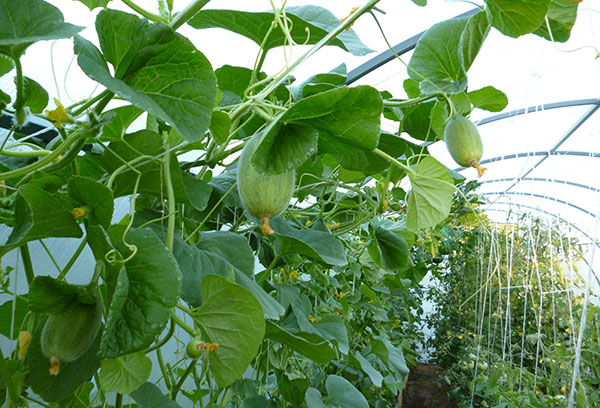

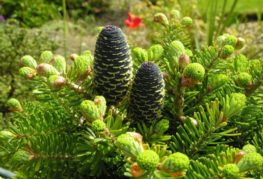
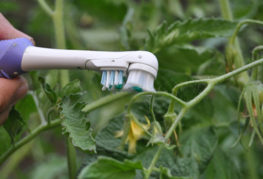
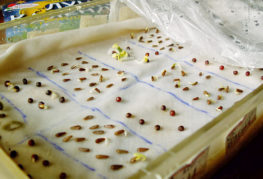
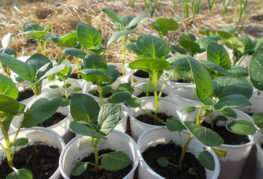
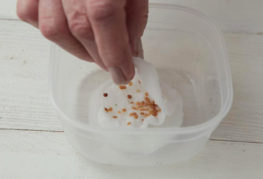
and will be published shortly.